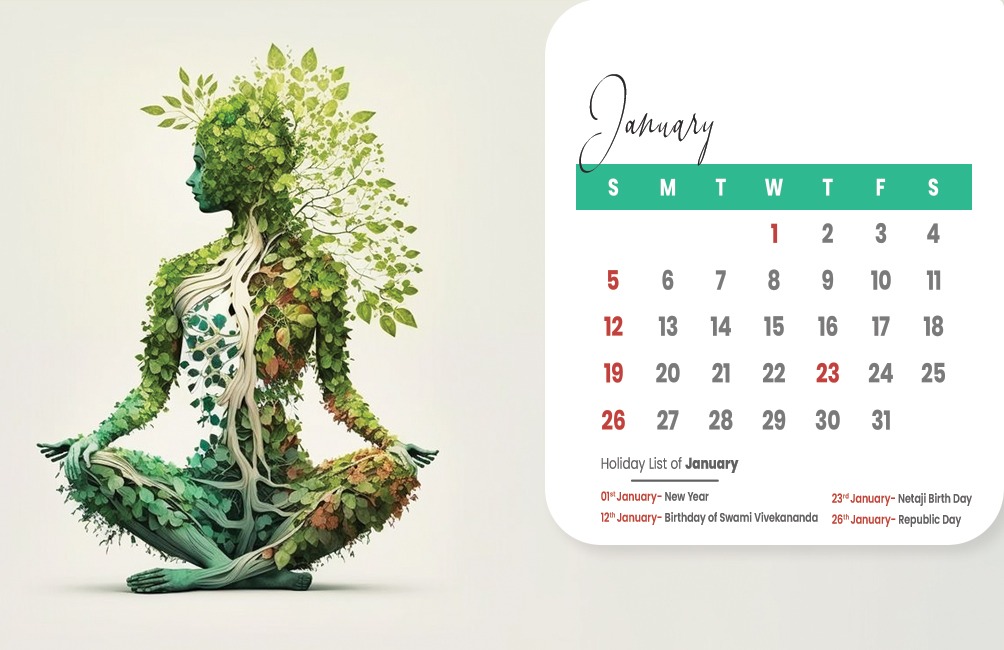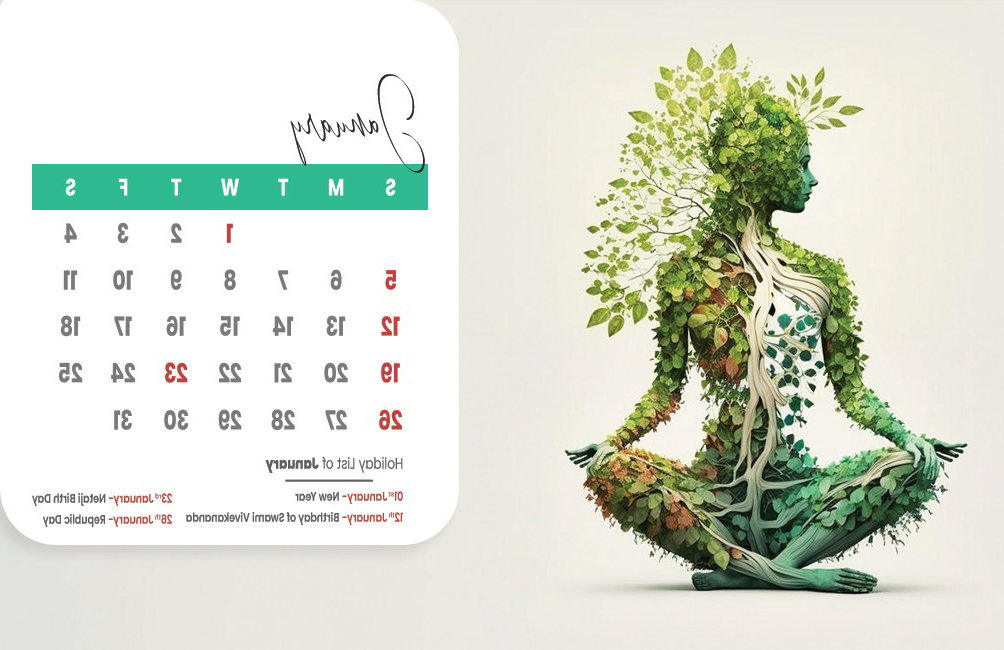Aglaonema Red Star Care: Expert Tips with the Best Online Gardening Solutions
Introduction
The Aglaonema Red Star is a vibrant houseplant, known for its striking red and green foliage that adds a touch of elegance to any indoor space. This plant is a favorite among both beginner and experienced gardeners due to its easy maintenance and adaptability. In this guide, we’ll share expert tips for caring for the Aglaonema Red Star and explore some of the best online gardening solutions for maintaining its health and beauty.
Understanding the Aglaonema Red Star Plant
The Aglaonema Red Star is a unique plant that stands out due to its colorful leaves, making it a popular choice for home and office environments. It is also appreciated for its air-purifying qualities. Despite its exotic appearance, the Aglaonema Red Star is relatively low-maintenance when you follow the proper care techniques.
Light Requirements
Aglaonema Red Star prefers medium to low light, making it ideal for indoor locations with indirect sunlight. Placing it in direct sunlight can damage the leaves and cause them to lose their vibrant color. Ensure it receives enough light without being exposed to harsh rays.
Watering Tips
Consistency is key when it comes to watering the Aglaonema Red Star. Water the plant once the top 1-2 inches of soil become dry to the touch. Be cautious of overwatering, which can lead to root rot. In winter, reduce the watering frequency since the plant’s growth rate slows down.
Soil and Fertilization
This plant thrives in well-draining soil with a blend of organic matter. A mixture of potting soil, perlite, and peat moss works well. During the growing season (spring and summer), feed the plant monthly with a balanced liquid fertilizer to promote healthy growth.
Temperature and Humidity
Aglaonema Red Star grows best in temperatures between 65°F and 80°F. Avoid placing it in drafty or cold areas. This plant also enjoys moderate humidity levels, so misting the leaves or placing it near a humidifier can be beneficial.
Pruning and Repotting
Pruning is important for removing any yellowing or dead leaves, helping the plant maintain its aesthetic appeal. Repotting is typically needed every 2-3 years, or when the plant becomes root-bound. Use a slightly larger pot and refresh the soil during repotting.
Common Pests and Problems
While Aglaonema Red Star is generally hardy, it can occasionally be affected by pests like spider mites and mealybugs. Regularly check for signs of infestation and treat any issues promptly using neem oil or insecticidal soap. Yellow leaves often indicate improper watering or low light levels.
Conclusion
The Aglaonema Red Star is a stunning and easy-to-care-for plant that can thrive with the right approach. By ensuring it receives the proper light, water, and attention, this plant can flourish in your indoor garden. For additional resources and tools, explore the best online gardening solutions to help keep your Aglaonema Red Star in top condition. Get in touch with us for more information.
FAQ:
1. How much light does an Aglaonema Red Star need?
It prefers medium to low light. Avoid direct sunlight, as it can damage the leaves.
2. How often should I water my Aglaonema Red Star?
Water when the top 1-2 inches of soil are dry. Be mindful not to overwater.
3. What type of soil is best for an Aglaonema Red Star?
Well-draining soil rich in organic matter, such as a mix of potting soil, perlite, and peat moss, works best.
4. How do I maintain humidity for my Aglaonema Red Star?
You can mist the leaves regularly, use a humidifier, or place the plant near other plants to increase humidity.
5. What can cause yellow leaves on my Aglaonema Red Star?
Yellowing leaves may be caused by overwatering, insufficient light, or exposure to drafts. Adjust the care routine as needed.

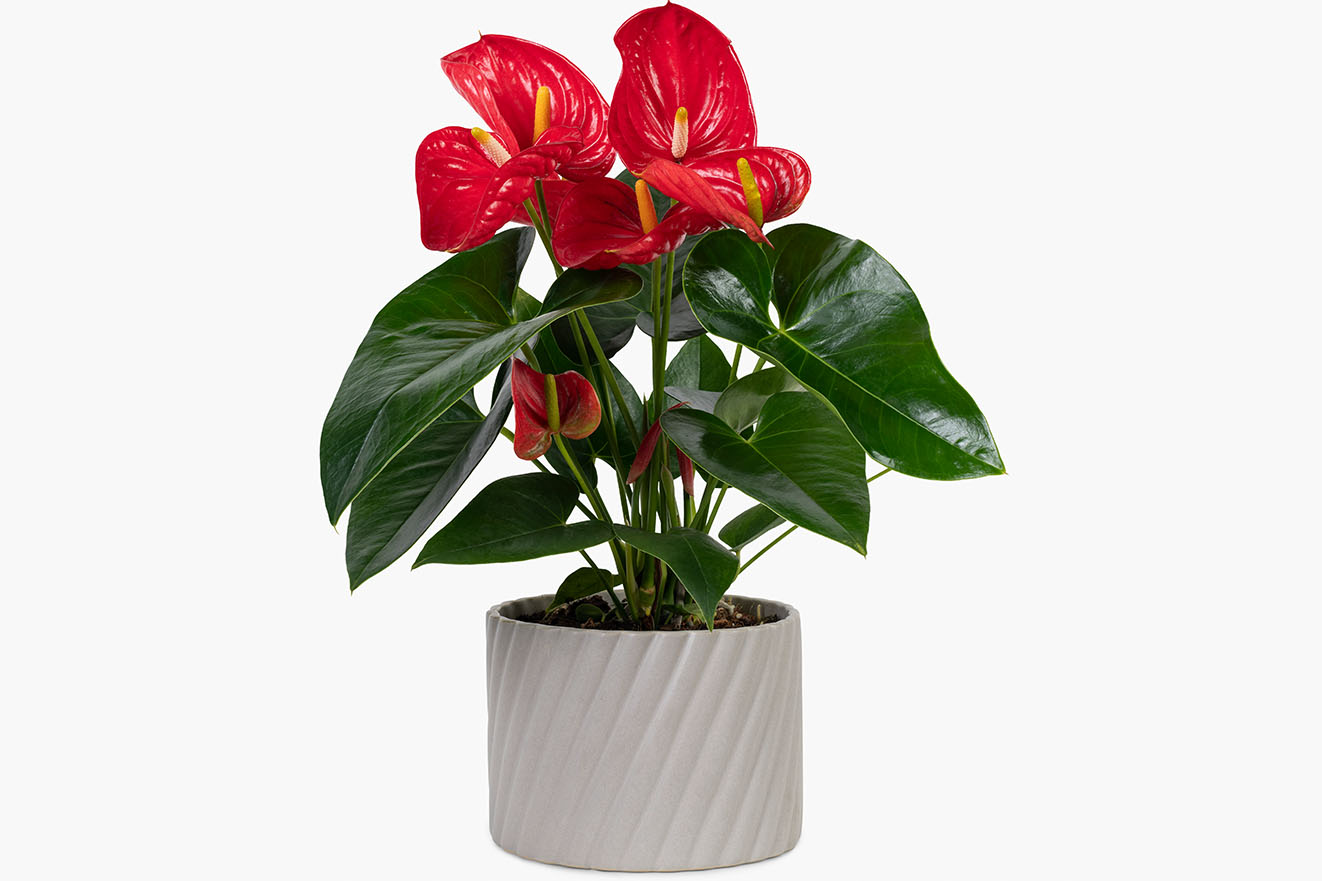
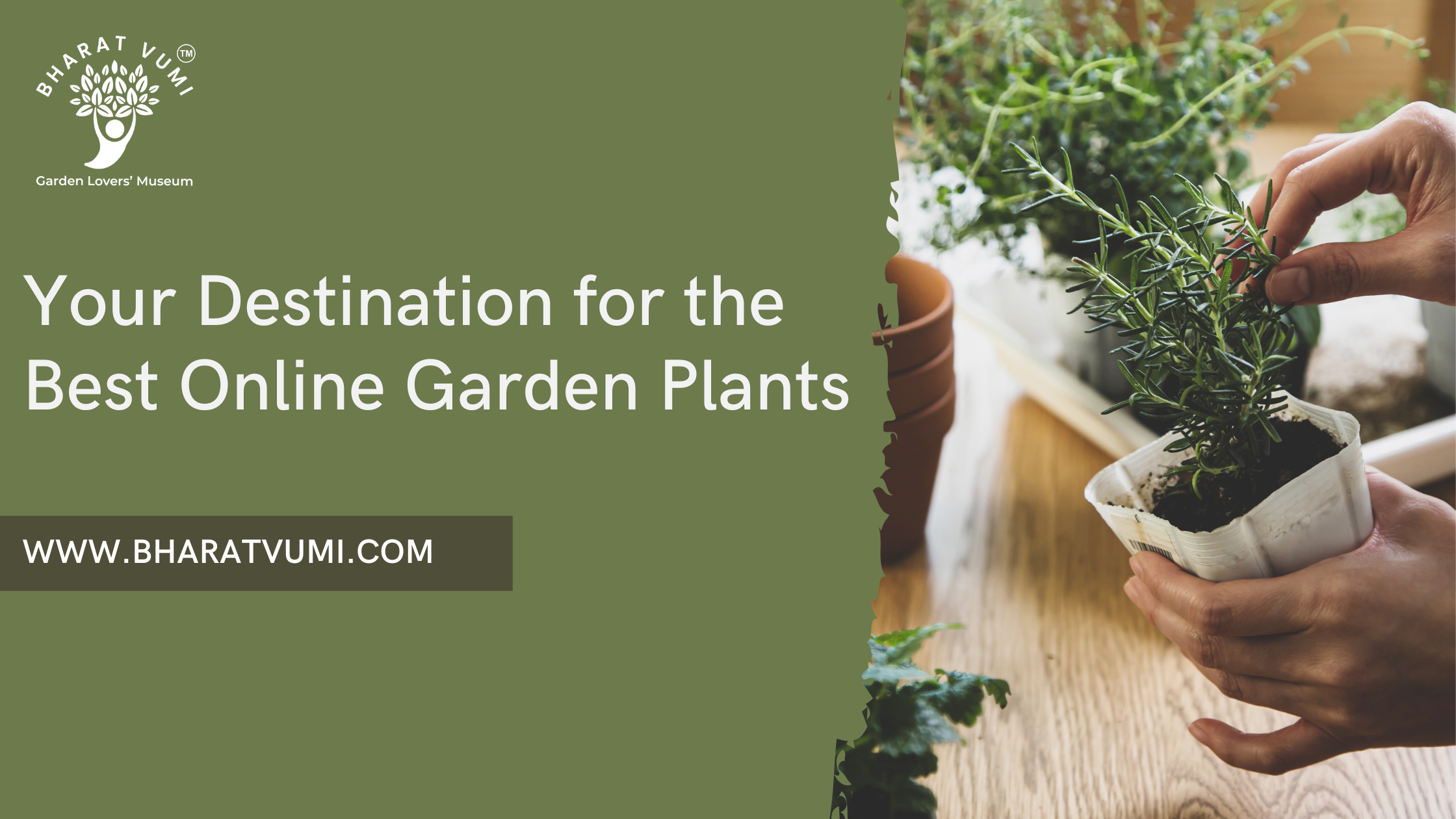

.png)
.png)
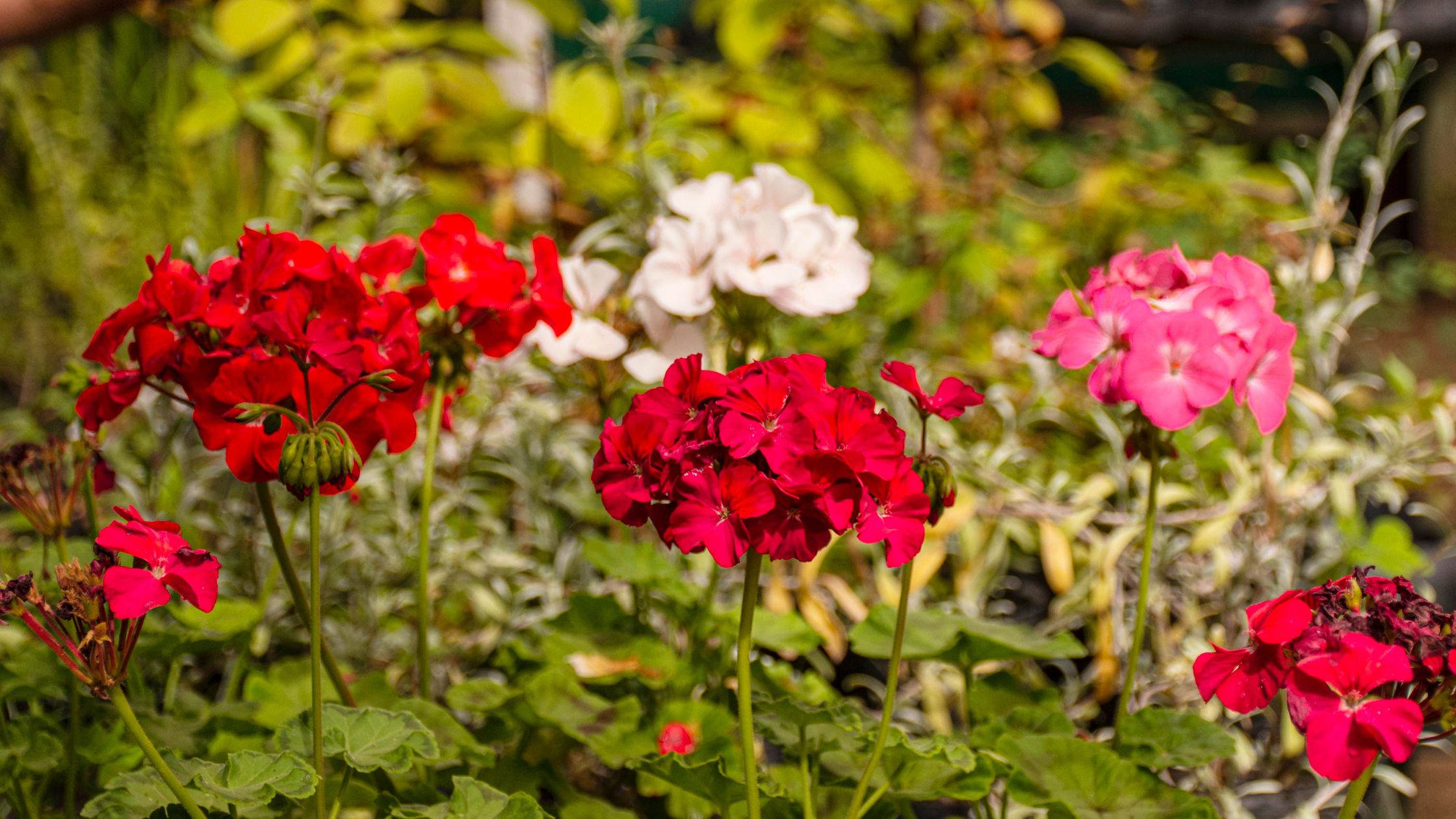
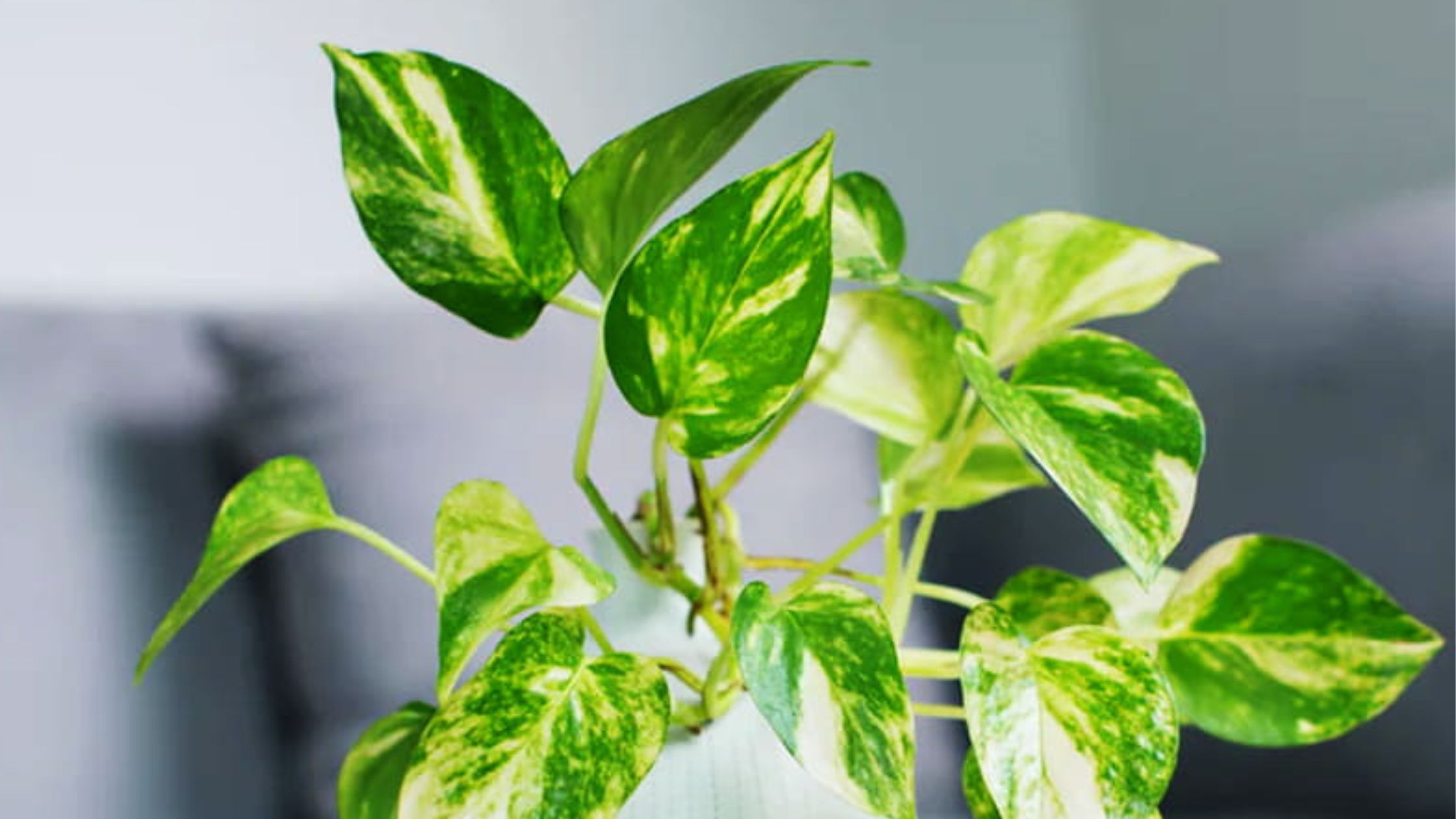
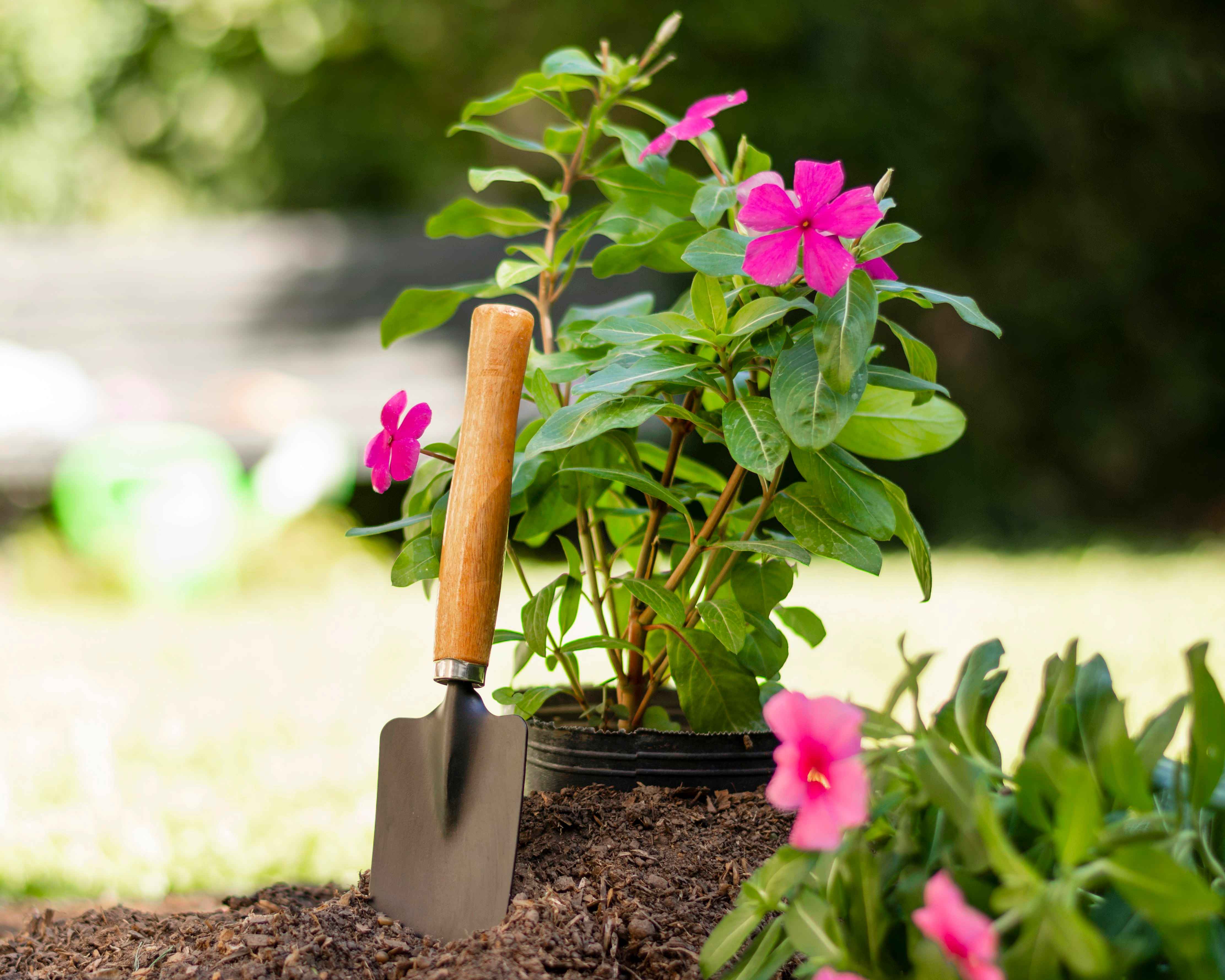
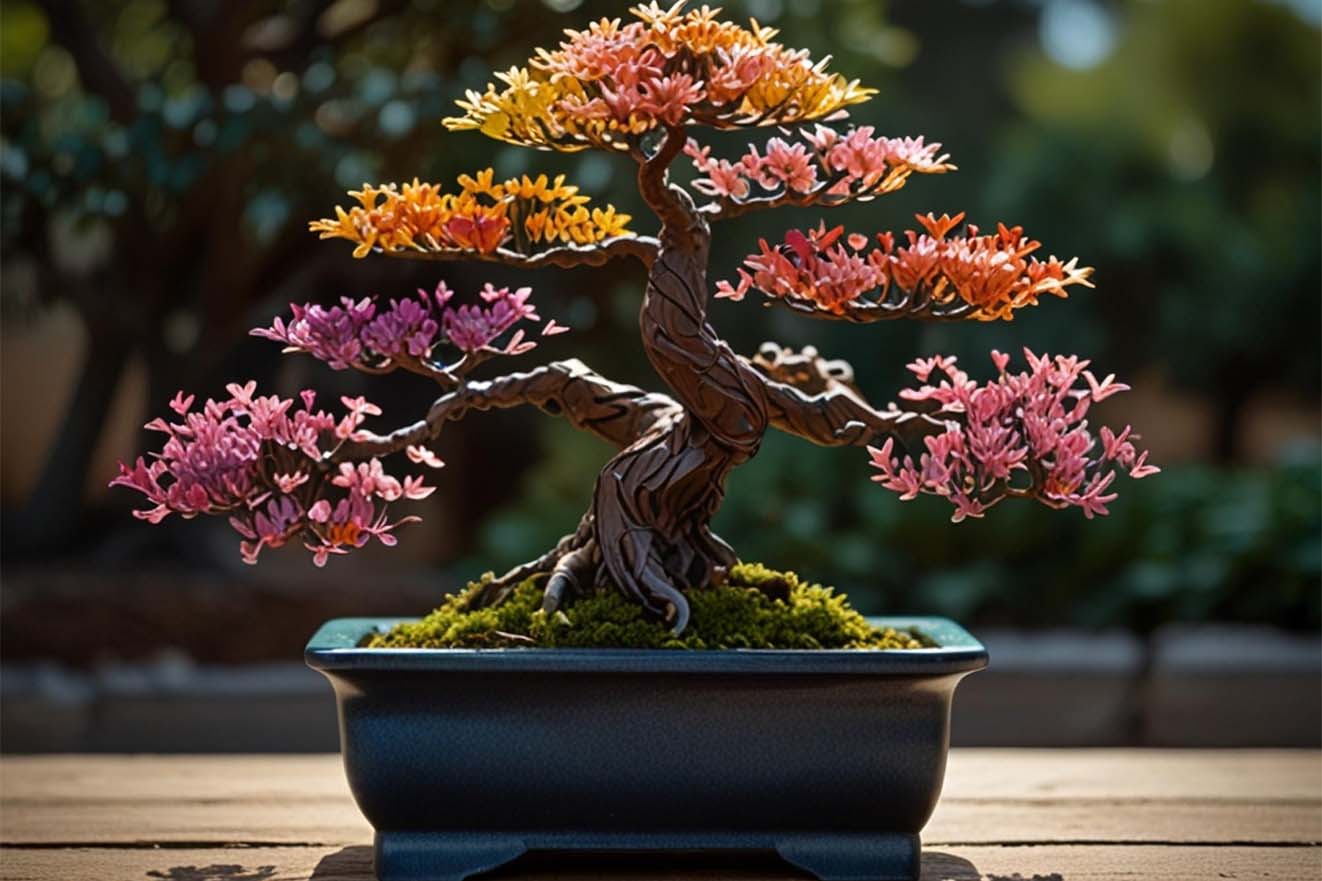
.jpeg)


